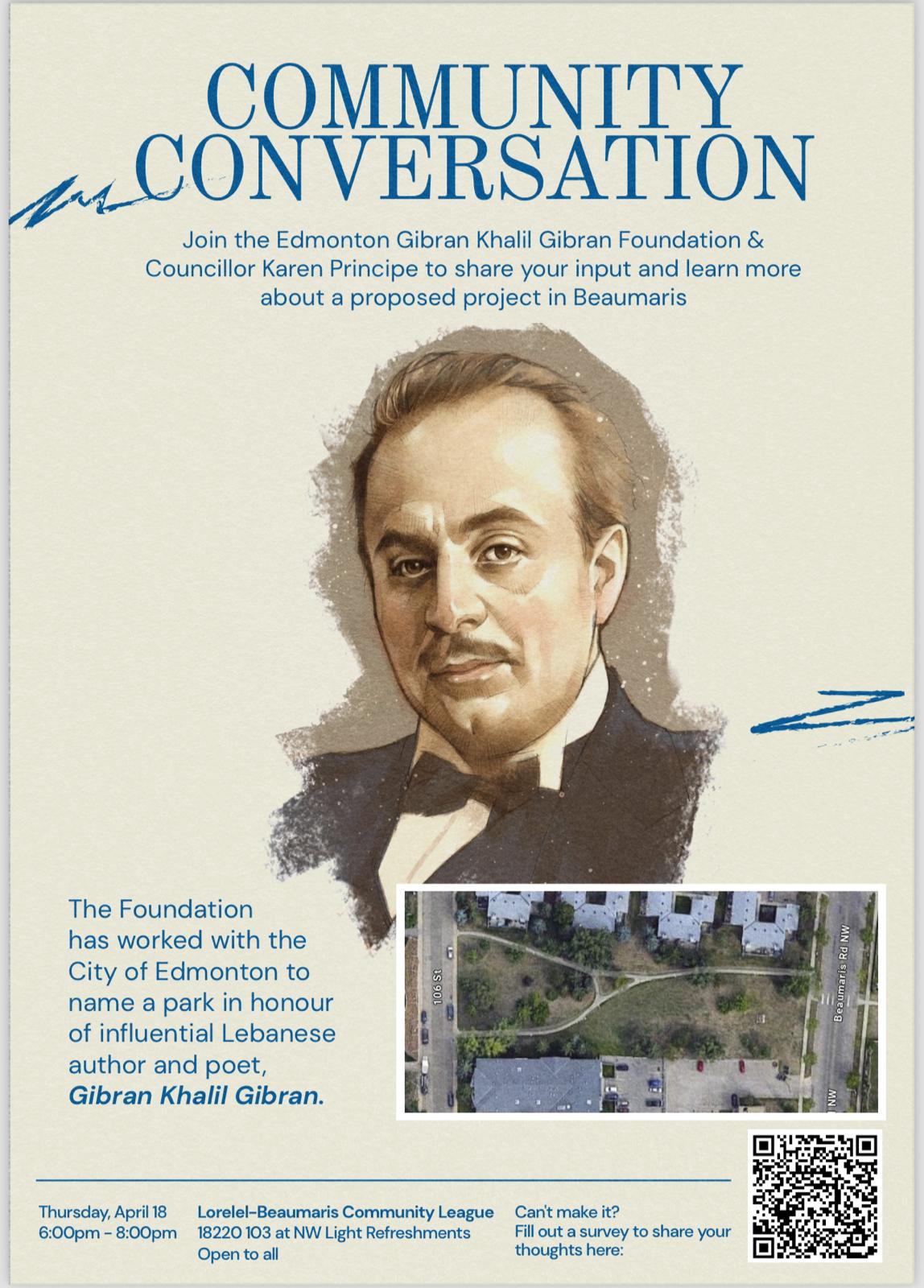This article is part of Groundwork, an Edmonton Journal engagement project.
As the pandemic rolls into its ninth month, community leaders are battling a deep-seated fear that some students will fall so far behind, they could check out on school and never recover.
Pre-pandemic, many Black and Indigenous youth were struggling to find their place in the education system. During the spring lockdown, teachers said they worried for students living in poverty and in single-parent homes, too.
Today, COVID-19 cases in school continue to send classes back into isolation, pandemic health protocols make it tough for non-profits to offer support and the uneven economic recovery is adding complexity.
School, employment barriers, food instability — “everything is layered on layers,” said Emmanuel Onah, manager of youth programs at the Africa Centre. The centre now offers a weekly food bank, workshops to discuss anxiety and mental health, even an online basketball training camp, alongside its academic support.
That mentoring program shows promise. It partners post-secondary students with students lacking academic support at home. But that’s for 23 students. They need more, Onah said. There are six children on the waiting list.
“We have a lot of kids who were already struggling in school,” said Onah. The lockdown and long summer meant students were not able to get the one-on-one support they needed. He’s worried and tried to do as much as possible to reduce any gap. “The people who are most affected are the most marginalized.”
Even before the pandemic, there was limited data to quantify the education gaps in Alberta. The province only began collecting specific enrolment data on First Nations, Metis and Inuit self-identified students in the early 2000s and the government does not collect any other data based on the race of a student.
According to Alberta Education’s 2019-20 annual report, 84.9 per cent of Alberta students complete high school within five years of Grade 10. When specifically looking at First Nations, Metis and Inuit students, that number drops to 64.9 per cent.
Nationally, a report released by Statistics Canada earlier this year found a gap in post-secondary graduation rates between Black youth and those who are not Black. About half (51 per cent) of Black men aged 23 to 27 in 2016 had a post-secondary qualification, compared with 62 per cent of other men.
During the lockdown, teachers said their top concern was growing inequity and having children return with large curriculum gaps, said Philip McRea, a former University of Alberta professor who now does research for the Alberta Teachers’ Association.
His survey of nearly 2,500 teachers found students living in poverty, in single-parent homes, with special needs or giftedness, and English language learners were seen as most at risk of falling behind.
He’s partnering with the Alberta School Council Association to survey teachers and parents starting this week on just how significant that risk turned out to be.
When the Edmonton Journal surveyed and met with nearly 200 parents, teachers and students in our Groundwork initiative, we heard from wealthier parents who hired private tutors, realizing the privilege they have and worrying for children whose parents can’t afford similar help. Black leaders, from both long-time Edmonton and newcomer communities, said pre-existing economic and systemic barriers were exacerbated by the pandemic and add to the challenge for racialized families.
When academic programs shut down, many non-profits tried to at least keep a social connection. That seemed impossible online but they’re making it work, said Yaa Serwaa (Agnes) Somuah, program manager with Sinkunia Community Development Organization, which helps refugee families.
Now its Saturday art classes have children jumping on couches, yelling and bonding again through the screen. Last month, they started to experiment with blended online and in-person gatherings.
They’re still trying to figure out how to add the academic homework help back in, important especially for families in which parents work long hours, have little expertise in technology and aren’t Western educated. Push too hard, especially online, and you risk the children losing interest, she said. But the fact they’re still connected gives her hope. There’s “resilience in these kids,” she said. “I watch them on the screen and they inspire me.”
Other non-profits are creating detailed how-to videos about common online education platforms in languages such as Arabic and Somali. They’re also studying the impact of the used computers given to some families in the spring, trying to get grants to help the many families who still need them this winter, said Katie Loutitt with the Edmonton Chamber of Voluntary Organizations.
Families can access $10/month internet from Telus for Good through their schools, and the Inner City High School has been experimenting with Facebook-based technology to find solutions students can use in rural areas and when internet connections are weak.
Within Indigenous communities, there’s a specific risk among students who already didn’t feel connected to or supported by the education system, said Evelyn Steinhauer, a professor at the University of Alberta’s Educational Policy Studies Department.
Indigenous students are spread across public, Catholic and reserve schools today. “A lot of those children already, as it was, were lost in that system,” she said, worrying children will be a year behind.
“Imagine how many of those we’re going to lose,” she said. It may get so hard, she said, some students won’t bother going to school at all.
For those in rural areas, internet connectivity and access to technology can be a big challenge. Steinhauer, who is from the Saddle Lake Cree Nation, estimates that 90 per cent of students there didn’t go to school from May to June, and if they’re still online now, the challenges continue.
Indigenous students, in particular, tend to learn better when they’re able to interact with their teachers and peers, and rely more on relationship building and non-verbal cues, she said. They also learn communally. “They share ideas, they exchange thoughts. There’s a lot of discussion that’s happening. And you can’t really do that in the Zoom setting. Can you imagine 35 people talking at the same time?”
Teachers need to work on prioritizing that online. “You have to have interactive content, you have to have interactive tasks so that the students are interacting back and forth with the teacher and with one another.”





